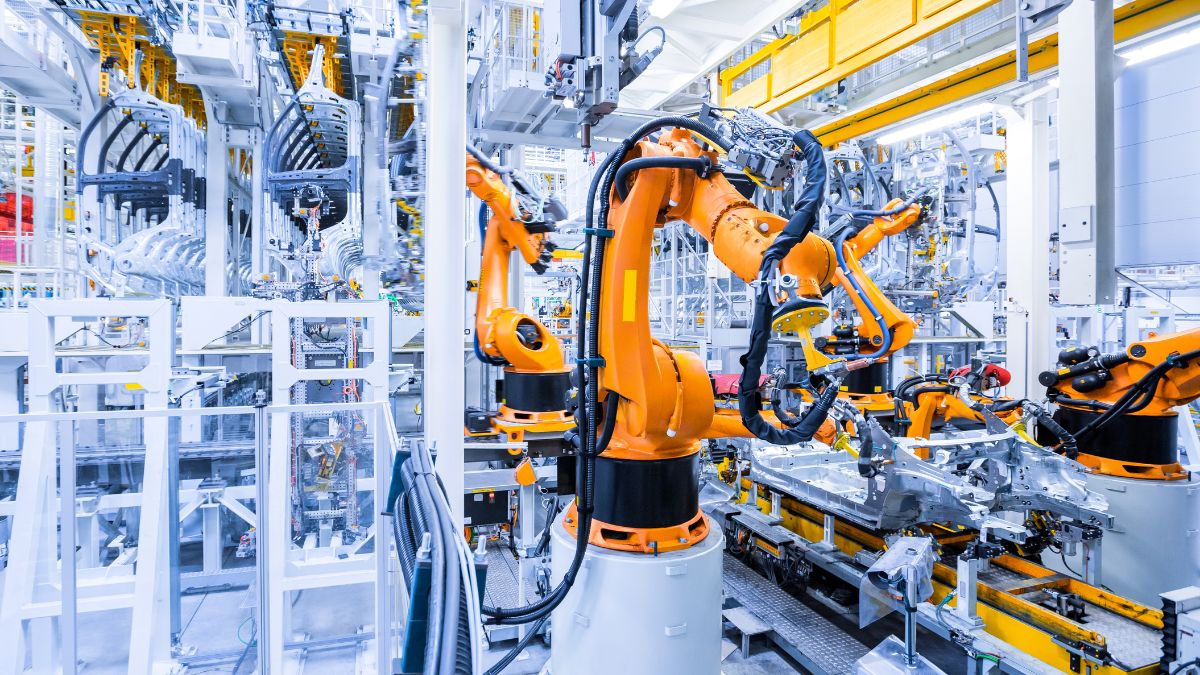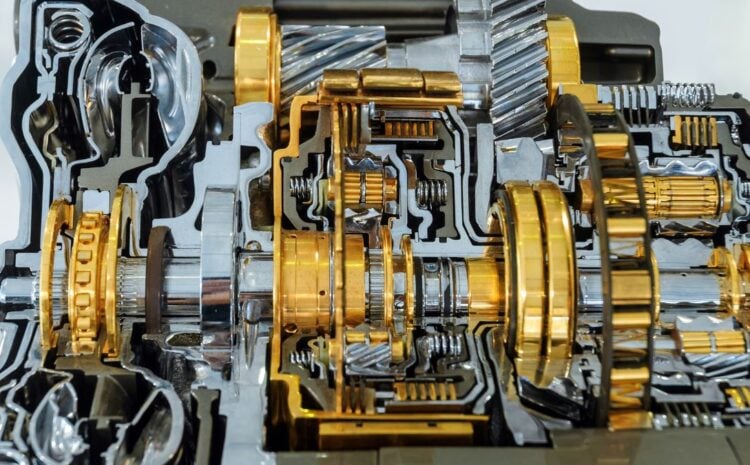Introduction
Extruder gearboxes have always been the unsung heroes of the manufacturing world. They’re pivotal components in various industries, notably the plastic and rubber manufacturing sectors. As technology advances, the demand for improved efficiency, durability, and performance in extruder gearboxes has never been higher. In this article, we will delve into the groundbreaking extruder gearbox design 2023’s pioneering trends.
The Role of Extruder Gearboxes
The extruder gearbox is fundamental whether it’s twin-screw extruders in the rubber industry or high-tech 3D printers. These gearboxes transfer mechanical energy to produce the axial forces required to push material through manufacturing. Simply put, without these handy mechanisms, production grinds to a halt.
Why Design Matters
Design isn’t just about aesthetics or functionality; it’s the cornerstone of operational excellence. Traditional designs have certain limitations, often leading to inefficiencies and increased costs. How an extruder gearbox is designed impacts everything from production efficiency to the sustainability of the manufacturing techniques used.
Key Factors Driving Innovations
Several key factors are driving the latest trends in extruder gearbox design:
Industry Demand: The expanding domains of 3D printing and rubber manufacturing are creating a heightened demand for sophisticated gearboxes. As these industries embrace more complex manufacturing processes and higher production volumes, the traditional gearbox designs are no longer sufficient. This burgeoning demand catalyzes innovation, pushing manufacturers to develop gearboxes to meet these new challenges effectively.
Technological Advancements: Technology innovation is acting as a cornerstone for the development of more efficient and reliable extruder gearboxes. From advanced computer simulations for gear alignments to real-time monitoring through IoT, high-tech solutions are enabling more precise, efficient, and adaptive gearbox designs. These technological leaps offer robust solutions that enhance manufacturing, from improving axial forces to optimizing thrust bearings.
Sustainability: The rising global emphasis on sustainability is compelling the gear manufacturing sector to revisit and overhaul its conventional practices. The urgency to reduce carbon footprints and minimize waste has led to exploring alternative materials and energy-efficient designs. These green initiatives benefit the environment and offer long-term cost-saving advantages, making them a win-win for manufacturers and consumers.
Trend 1: The Rise of Compact Design
In North America and globally, there’s a notable shift towards more compact designs in extruder gearboxes. This trend is more than just about saving space; it’s an optimization strategy significantly reduces operational costs. Compact gearboxes are engineered to deliver high performance in tighter spaces, making them particularly suited for modern production environments where real estate is at a premium. Focusing on smaller, more efficient designs reflects an industry-wide emphasis on process optimization.
Trend 2: Innovations in Material Science
The gears in an extruder gearbox can be called its beating heart. In a groundbreaking trend, using advanced alloys and composite materials in extruder gears is gaining momentum.
These next-generation materials not only boast enhanced durability but also have a profound effect on reducing wear and tear. The result? Extended longevity of gearbox components translates to less frequent replacements and, ultimately, lower long-term costs.
Trend 3: IoT-Enabled Smart Gearboxes
The smart extruder gearbox is not a concept of the future; it’s here today. Integration with the Internet of Things (IoT) technology allows for real-time monitoring and immediate adjustments to gearbox operations. This capability adds another dimension to process optimization, making it possible to predict the wear and tear on crucial components like thrust bearings. Proactive maintenance based on real-time data can prevent costly production downtimes.
Trend 4: Advanced Cooling Systems
Heat remains one of the most formidable adversaries to operational efficiency in extruder gearboxes. To counter this, the industry is seeing the introduction of advanced, more effective cooling systems. These innovations don’t merely combat overheating; they also help in extending the lifespan of sensitive components like thrust bearings. By maintaining optimal temperatures, these advanced cooling systems contribute to sustaining high levels of production efficiency.
Trend 5: Modular and Custom-Fitted Designs
This trend is a true paradigm shift in the industry. The move towards modular and customizable designs is providing manufacturers with unprecedented flexibility. This design innovation allows for easily swapping components to tailor gearboxes to specific manufacturing needs. Such adaptability is invaluable for companies seeking to refine their manufacturing techniques and achieve new levels of production efficiency.
Challenges and Considerations
As with any technological advancement, there are barriers to entry. One major concern is the cost of adopting these new designs and technologies. High-tech usually comes with a high price tag. Furthermore, ensuring compatibility with existing manufacturing systems could be a technical challenge.
Impact on Industries
So, why should you care? For starters, these advancements can potentially revamp how we approach manufacturing processes. Companies that adopt these trends early are more likely to stay competitive and realize reduced costs and improved production efficiency.
Preparing for the Future
As the saying goes, the best way to predict the future is to create it. Staying updated on the latest trends in extruder gearbox design is crucial. Manufacturers should consider partnering with industry experts and investing in R&D to understand better how these advancements can benefit their operations.
Conclusion
2023 is ramping up to be an incredibly exciting year for extruder gearboxes. We’re looking at breakthroughs that revolutionize how these essential components are designed and have a rippling effect on manufacturing.
From 3D printers to twin-screw extruders, advancements in extruder gearbox design are setting the stage for a more efficient and sustainable future. So, whether you’re a manufacturer in North America or anywhere else, you’ll want to monitor these pioneering trends closely.
Whether you’re looking to optimize processes, reduce costs, or improve sustainability, these design trends are not just pie-in-the-sky theories but practical shifts that can bring substantial benefits. So here’s to gear up for the future—may it be efficient, sustainable, and innovative.
We at Extruder Gearbox Repair are committed to staying ahead of these trends, providing you with the most cutting-edge repair and remanufacturing services possible.



